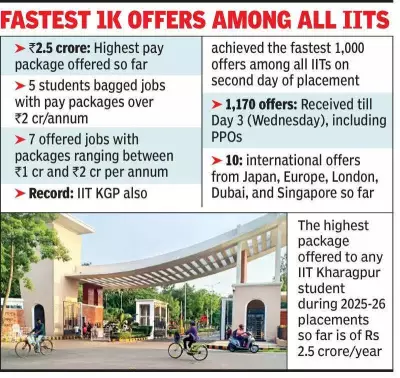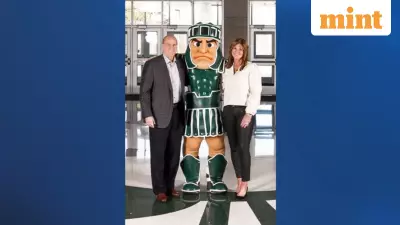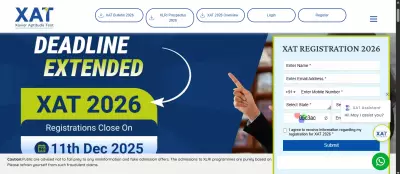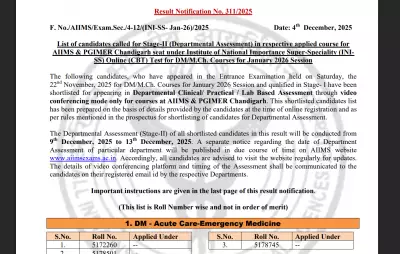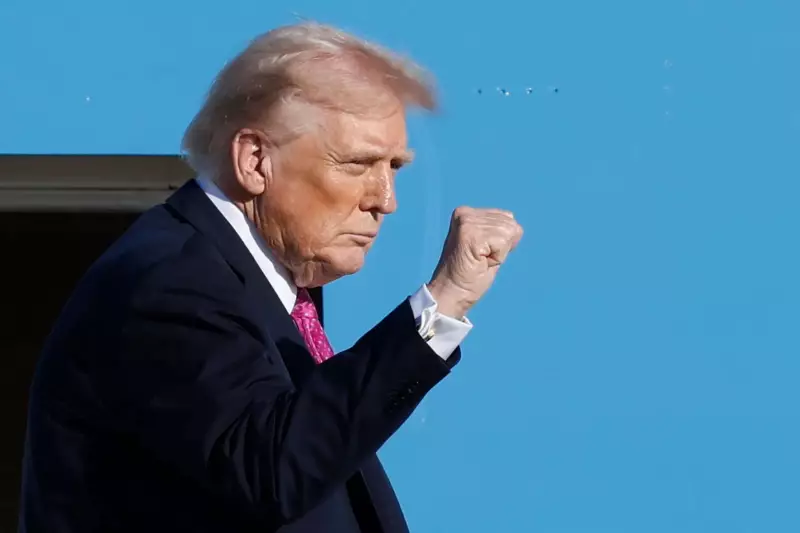
In a move that brings both hope and uncertainty for Indian professionals, recent developments in US immigration policy present a mixed bag. While former President Donald Trump has signaled a reduction in H-1B visa fees, a potentially restrictive cap on international students casts a long shadow over the future of Indian talent seeking opportunities in America.
The Silver Lining: Easing the Financial Burden
The proposed easing of H-1B visa fees comes as a significant relief for Indian tech professionals and the companies that hire them. The H-1B program has long been a cornerstone for Indian talent in the US, particularly in the technology sector. Lower fees would reduce the financial strain on both employers and employees, making the US a more accessible destination for skilled workers.
This development is particularly crucial for India's vast pool of engineering and IT graduates, who have historically formed the largest group of H-1B recipients. For many, this visa represents not just a job opportunity but a pathway to global exposure and career advancement.
The Gathering Storm: Student Caps Cloud the Horizon
However, this positive development is tempered by discussions around imposing caps on international students, a policy that could severely impact Indian students—who constitute the largest group of foreign scholars in the United States.
The proposed student caps represent a fundamental shift in approach that could:
- Limit enrollment opportunities at US universities
- Reduce the pipeline of Indian talent transitioning from student to professional
- Force talented students to consider alternative destinations like Canada, Australia, and Europe
- Impact the diversity and global perspective on American campuses
Why This Matters for Indian Talent
The combination of these policies creates an uncertain landscape. While lower visa fees might make it easier for experienced professionals to work in the US, restricting student intake could choke the very pipeline that feeds this talent pool. Many Indian professionals currently in the US initially entered as students, and limiting this route could have long-term consequences for both countries.
The US higher education system has been a magnet for Indian students, not just for quality education but for the subsequent career opportunities. Any restriction on this flow could redirect Indian talent to other countries that are actively competing for global students and skilled workers.
The Bigger Picture: Mixed Signals in Immigration Policy
These conflicting signals reflect the ongoing debate within US politics about immigration reform. On one hand, there's recognition of the need for skilled professionals to maintain America's competitive edge in technology and innovation. On the other, there's political pressure to protect domestic jobs and control immigration numbers.
For Indian students and professionals watching these developments, the message is clear: while some doors might be opening wider, others risk being closed. The need for flexibility and exploring multiple options has never been more important.
As the situation evolves, stakeholders from both education and industry sectors are closely monitoring how these policies will shape the future of Indo-US educational and professional exchange—a relationship that has benefited both nations tremendously over the decades.

